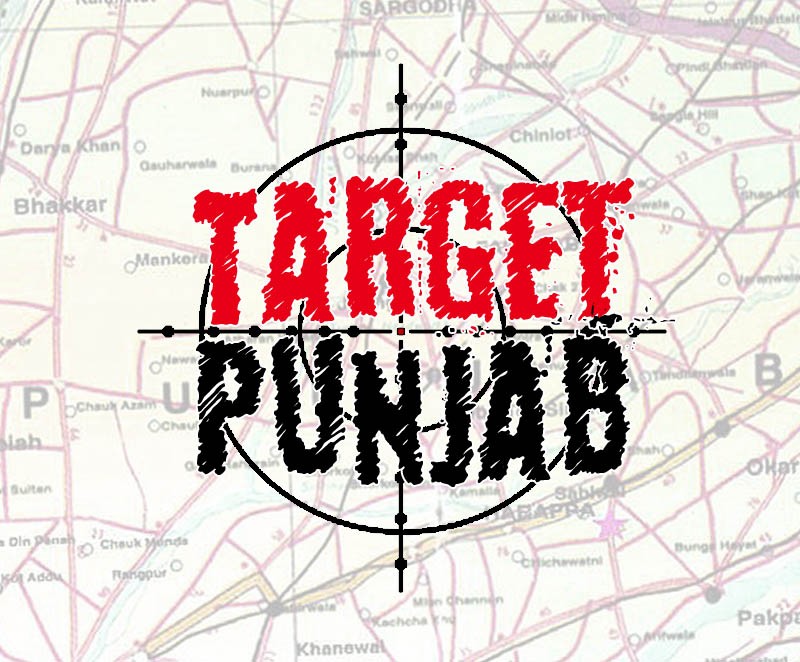
Focusing on the process of radicalisation in Punjab and its impact on the people

The attack on Gulshan-i-Iqbal Park seems to have come as a stark reminder to the security forces for launching a crackdown on militants based in Punjab’s settled and tribal belts. The operation against Chotu Gang may have hogged the limelight but news about raids, arrests and killings of suspects in various cities across the province have not stopped ever since.
That a battle had to be fought against extremism in Punjab was laid down in the National Action Plan after the tragic attack on Army Public School in December 2014. But the response had been varied: there were attempts on small scale leading to arrests in thousands of imams in mosques engaged in hate speech to gathering data on madaris; alongside came the systematic elimination of sectarian leadership not necessarily through judicial means.
Following the suicide attack on provincial home minister Shuja Khanzada claimed as revenge for Malik Ishaq’s killing, Gulshan-i-Iqbal was the next big attack in the province that has apparently shaken the law enforcers into taking some action in the province. But this has once again brought forth the crucial question raised by many thinking minds before: how important it is to address the issue of radicalisation and extremism in Punjab to achieve lasting peace in the country?
There are of course historical roots of militancy in the province that need to be traced and retraced, but in following their trajectory post-partition, one must not lose sight of how these were exploited by elements within the state to carve narrative of their own liking for this country. How the multiple sects were pitched against each other to fight other countries’ proxy sectarian wars and how these were used as strategic assets or instruments of jihad.
This happened long before we started accusing the political parties in Punjab of using the radical and banned sectarian outfits for electoral successes -- by making seat adjustments or electoral alliances with them. And this is still happening when some of these elements remain protected under whatever pretext.
While we pointed blaming fingers northwards after each act of terrorism in the country, we entirely missed the context of which Punjab formed a large part. Whether it was in terms of madaris or organisations or movements lodged here.
In today’s Special Report, we focus on Punjab and its role in radicalisation of hearts and minds.